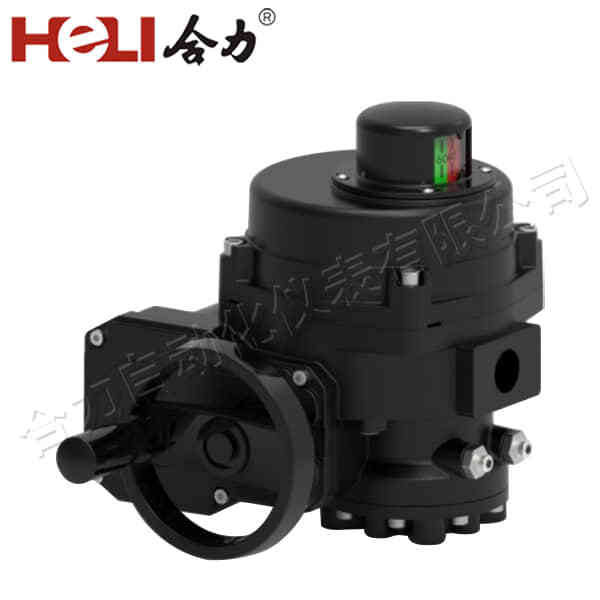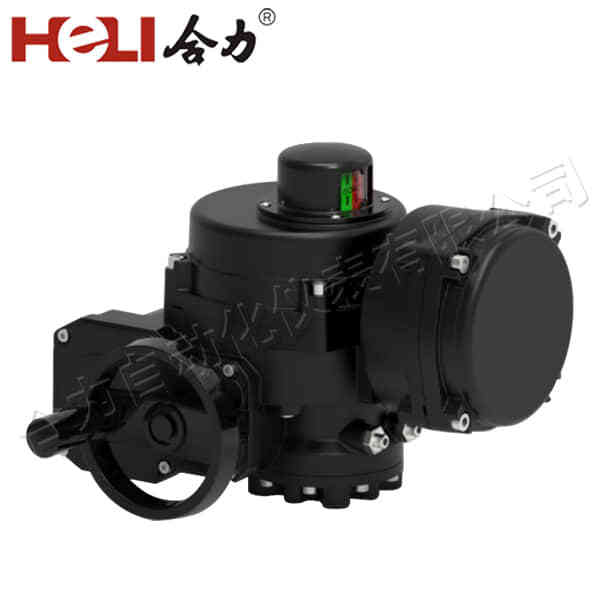Electric actuator valves are essential components in modern industrial systems, offering efficient and precise control of fluid flow in various applications. As industries strive for automation and efficiency, electric actuators have gained widespread adoption due to their versatility, reliability, and ease of integration. This article explores the fundamental functions, applications, and advantages of electric actuator valves, highlighting their significance in improving operational performance across sectors.

What Are Electric Actuator Valves?

Electric actuator valves consist of two primary components: the valve itself and the electric actuator. The valve controls the flow of fluids—such as water, gas, steam, or chemicals—within a pipeline, while the electric actuator is responsible for automatically operating the valve. This combination allows for remote or automated control, making it ideal for systems requiring precise regulation of fluid flow. The electric actuator is typically powered by an electric motor that converts electrical energy into mechanical motion. This motion is transmitted to the valve, enabling it to open, close, or adjust to specific positions. The actuator can be integrated with control systems, such as programmable logic controllers (PLCs) or distributed control systems (DCS), to achieve seamless automation in industrial processes.

Leave a Reply